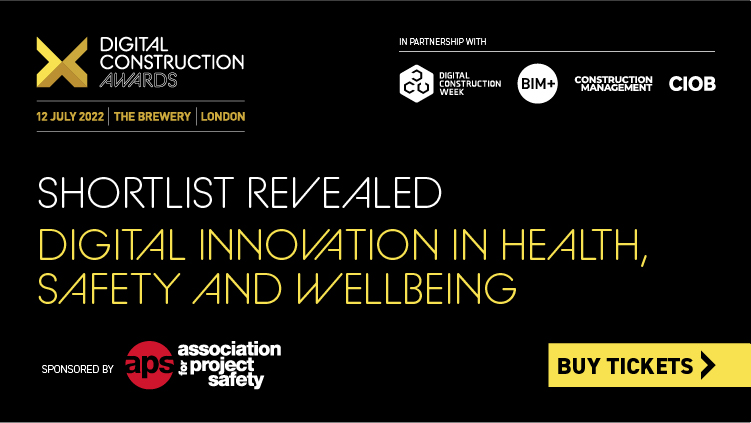The Digital Construction Awards attracted more than 120 entries, 63 of which have been shortlisted. Here, we detail the shortlist for Digital Innovation In Health, Safety and Wellbeing, sponsored by the Association for Project Safety.
This category recognises the use of digital technology to enhance health, safety and wellbeing among construction workers on a project. Six entries made the shortlist.
Coventry City Council Retail Quarter Project | Paperless Construction with Eurovia
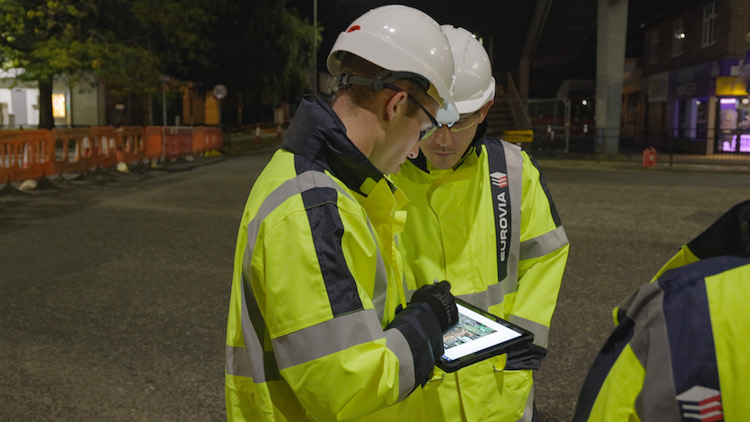
Eurovia trialled Paperless Construction on its Coventry City Council Retail Quarter project between March 2020 and October 2021. The technology allowed Eurovia to digitise its construction activities, remove paper from its work processes and increase productivity.
This has included digitising health, safety and environmental compliance, including site briefings, checking training competencies, issuing permits to work, and capturing exposure hours.
The change means that safety briefings are now recorded in a fraction of the time, with a full digital audit trail. With an easy-to-use mobile app, everyone on site now has access to their own training records, and level-based access enables supervisors and site management to check all training records, competencies, fatigue hours, and medical information through a simple search scanning their QR codes.
Such was the success of the trial, that Eurovia has now rolled out Paperless Construction to 120 of its projects.
Fit For Work | fitforwork.ai
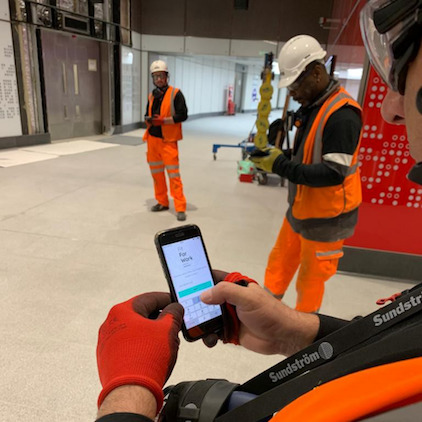
During the first national lockdown during the covid-19 pandemic, Design Rationale – a specialist architectural metalwork and glazing contractor – needed to put additional safety measures in place to protect staff and reassure the main contractor that project work was safe to continue.
Design Rationale activated its entire workforce on the mobile-based Fit for Work app within weeks of the government announcing the lockdown measures. Operatives were asked a series of safety screening questions via the Fit for Work app as they entered and exited client project sites, using facial recognition and geo-location technology to guarantee their identity.
With an average of 100 app interactions per week, staff were able to report how they were feeling from day to day, giving real-time visibility on the people and activity to leadership and managers.
On average, the Fit for Work system has alerted management to two potential health, safety and wellbeing risks per week, reducing the number of incidents and eradicating any project delays or shutdowns because of covid cases.
Rochdale Town Hall Project – Phase 1/1A | Safer Sphere with Rochdale Borough Council, Rochdale Development Agency, and HH Smith Contractor
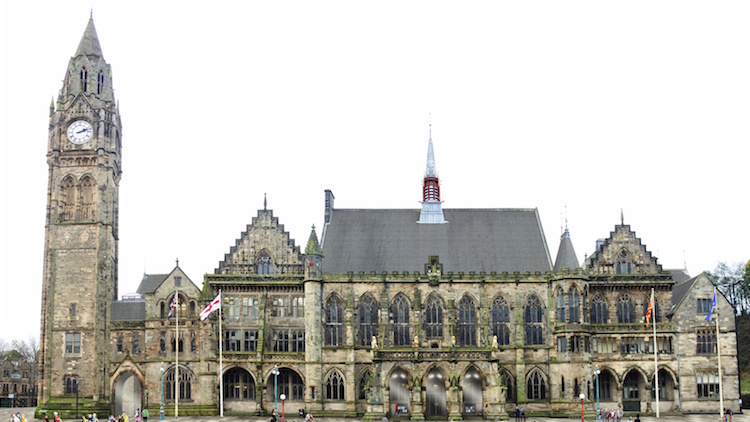
Safer Sphere was appointed as principal designer on a project to renovate and restore Grade I-listed Rochdale Town Hall. The initial goal involved work to de-risk the project, including asbestos removal, major demolition and structural works, removal of redundant M&E services, installation of protections to heritage features and fire compartmentation works.
A key challenge was to capture the existing hazards and risks with locations and to make sure there was a collaborative approach to design risk management.
Due to limitations with the traditional spreadsheet approach to risk management using a project risk register, Safer Sphere wanted to develop a digital tool to use on all projects to share best practice and promote excellence.
That tool, Harm Zero, can be accessed from any device through the cloud and provides real-time visibility of risks and mitigations. It encourages greater design team engagement with earlier risk identification and mitigation leading to reduced costs and delays. It is fully BIM compliant, in line with PAS 1192-6.
SkillShield | Make Real and Keltbray
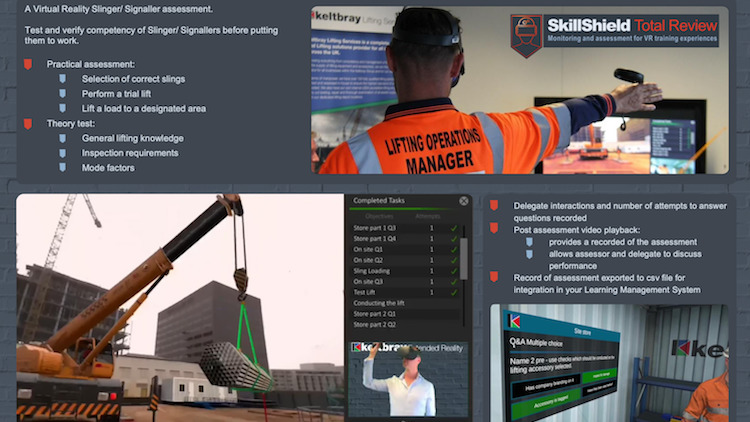
Specialist contractor Keltbray wanted to find a way to carry out onsite training safely and to a greater depth than traditional video-based or in-person training.
As a result, it adopted Make Real’s SkillShield suite of virtual reality (VR) training apps and connected tool.
Make Real and Keltbray collaborated on selecting and developing VR training within the following key role areas, where training via traditional methods has limitations: signaller/slinger; site access traffic marshalling; and vehicle reversing assistants.
SkillShield enables video output from the VR headset to a Windows-based laptop, allowing the training facilitator to see what the learner sees, something not usually possible with standalone VR devices by default.
Keltbray is now using SkillShield across its sites for training and assessment of lifting operations and crew and incorporates the future use of the tool in all tenders.
The Living Lab | Ethos Engineering
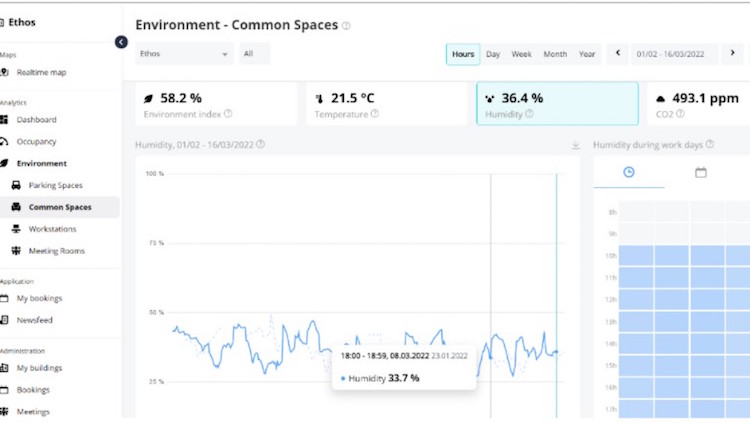
Ethos Engineering has harnessed the power of digital technology to improve the performance of the MEP building systems within its office, helping to improve its sustainability and wellness capabilities.
Ethos has devised a system of smart building sensors that integrate with an online platform. It allows continuous year-round monitoring of data, including building temperature and humidity, as well as CO2 levels.
The data-driven Internet of Things (IoT) engineering project, called The Living Lab, aims to offer a solution to its clients when it comes to managing their buildings and enhancing occupants’ wellbeing.
After collecting data within its office for several months, Ethos found from its air quality data that total volatile organic compound levels spiked during cleaning hours. To reduce the levels, Ethos changed cleaning products and allocated cleaning times according to occupation density.
Ethos is currently undergoing an assessment to achieve the WELL performance rating, a new certification awarding the real-time monitoring of buildings.
UCL Pearl Project – A building to house the world | UCL Civil Engineering Dept & Estates Development Dept, Transport for London, with Penoyre & Prasad Architects, AECOM, Volker Fitzpatrick, Atkins, Turner & Townsend, Stantec, BIMSafe and Briggs & Forrester Facilities Management
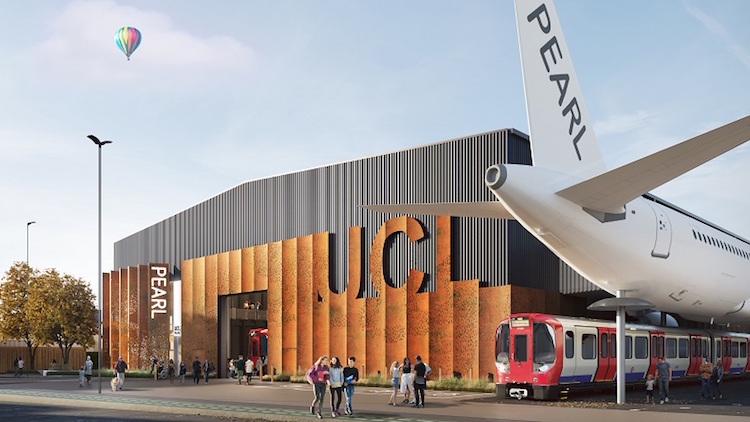
Following the construction of University College London’s (UCL) Pearl Dagenham laboratory and office complex, UCL wanted to enhance the way health and safety information was incorporated into the BIM model.
As part of a trial, the project team used the BIMSafe application to replace the manual provision of health and safety information into the 3D mode, with electronically linked information.
At the start of the trial, the project team had produced a risk register that was intended to have information added to 3D symbols within the model. But the symbols did not give a pictorial indication of the risk type. That meant there was no visual indication of what the particular risk was.
The risk data within the BIMSafe application has been hyperlinked to these symbols. Subsequent to the trial, BIMSafe has also replaced the symbols within the 3D model with the more graphical symbols available within the application, helping to improve communication of the risks.
The trial has also identified other improvements that can be made to the BIMsafe application.
Awards ceremony
The winners of the Best Use of Data category, alongside the victors of the other 11 categories, will be revealed at the awards dinner on 12 July at the Brewery in London.
You can join them by booking your places at the awards. There is an early-bird discount of 20% for those who book tables before 5pm on 20 May.
The Digital Construction Awards celebrate best practice and reward innovation in the application of BIM and digital technology in the built environment sector.
The awards are run by Digital Construction Week, the Chartered Institute of Building, and media titles Construction Management and BIMplus.
Awards sponsors include Revizto, Bluebeam, Procore, Autodesk, Solibri and the Association for Project Safety.
Don’t miss out on BIM and digital construction news: sign up to receive the BIMplus newsletter.







